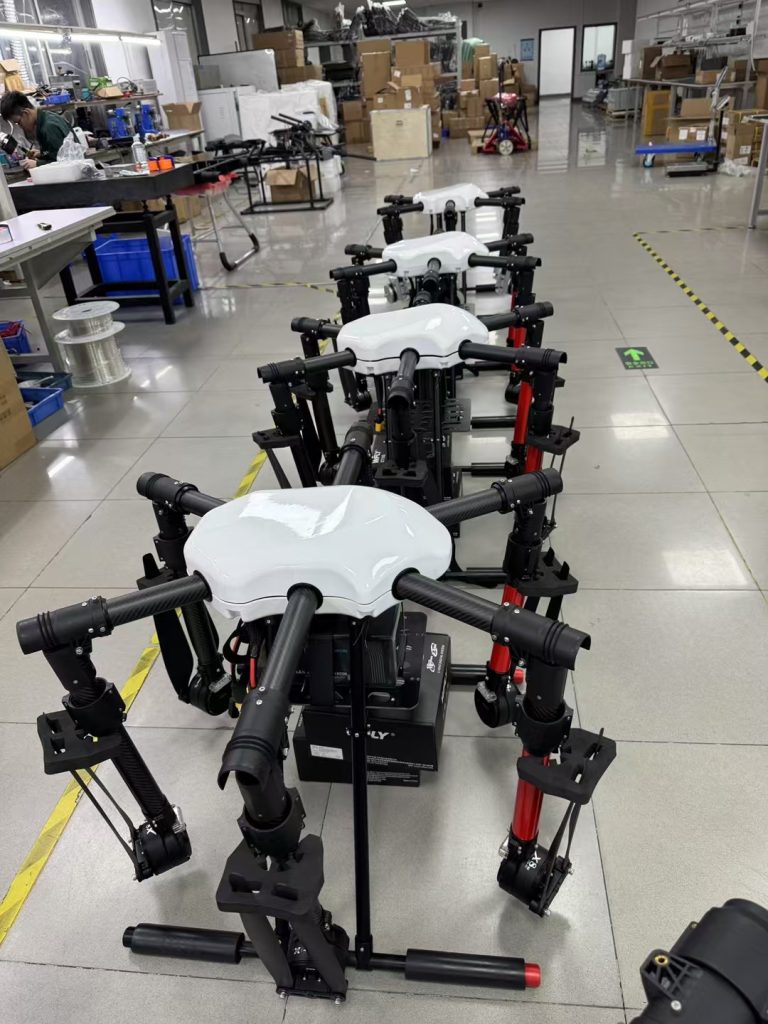
Qatar, a nation synonymous with ambition and innovation, is rewriting its agricultural narrative amid the vast Arabian Desert. With a goal to slash food imports by 40% and achieve 70% self-sufficiency by 2030 under its “National Food Security Strategy,” this small but resourceful Gulf state is turning to cutting-edge technology. From sprawling desert greenhouses in Al Khor to vertical farms in Doha, Qatari agriculture is a testament to resilience—yet it faces a defining challenge: thriving in one of the world’s harshest climates. Enter agricultural drones—a transformative tool, and for Qatari farmers, agribusinesses, and government initiatives, sourcing from China’s specialized manufacturers offers a tailored, future-ready solution to cultivate efficiency, sustainability, and growth.
Qatar’s Agricultural Crossroads: Why Drones Are Non-Negotiable
-
Extreme climate: Summer temperatures soar to 50°C, with intense solar radiation and zero rainfall. Traditional farming methods drain resources, while manual tasks like crop monitoring or spraying are unsustainable in such conditions.
-
Resource scarcity: Freshwater accounts for just 0.1% of Qatar’s territory; agriculture relies on desalinated water and treated wastewater, making conservation critical. Wasteful practices risk depleting these precious reserves.
-
Labor constraints: A small local workforce and strict immigration policies limit availability for labor-intensive tasks, especially during peak harvests for tomatoes, cucumbers, or date palms.
Chinese Agricultural Drones: Built for Qatar’s Desert Reality
1. Extreme Climate Durability
-
Heat-resistant engineering: Advanced cooling systems and high-temperature circuitry (tested up to 60°C) ensure operation during midday flights, critical for greenhouse monitoring or field tasks in Al Rayyan.
-
Sand and UV protection: IP68-rated motors, sealed sensor housings, and UV-stabilized frames resist abrasion from desert winds and degradation from 12+ hours of daily sunlight—extending service life by 40% compared to standard models.
-
Compact portability: Foldable, lightweight designs (under 12kg) are easy to transport via logistics hubs like Hamad International Airport or along Doha’s coastal roads, enabling rapid deployment to remote farms.
2. Precision Technology for Resource Efficiency
-
Ultra-low water spraying: Atomized nozzles reduce water use by 60–70% compared to manual methods. For greenhouse cucumber farms in Al Khor, this cuts desalinated water consumption by 2,000 liters per hectare—critical for conserving Qatar’s treated water reserves.
-
AI-driven monitoring: Multispectral cameras analyze crop health, soil moisture, and pest risks (e.g., whiteflies in tomato greenhouses). This enables early interventions, reducing chemical use by 40% while boosting yields by 18–25%.
-
RTK GPS accuracy: Centimeter-level positioning ensures uniform coverage in Qatar’s flat, sandy plains or structured greenhouse aisles—eliminating overlaps that waste inputs.
3. Scalability for Diverse Operations
-
Entry-level models: Affordable drones (under $15,000) empower small growers to access precision tech, democratizing innovation in Qatar’s emerging agricultural sector.
-
Enterprise fleets: Larger operations (e.g., the Qatar National Food Security Programme’s pilot farms) can deploy swarms managed via cloud software, streamlining workflows and cutting training time by 50%.
Beyond Hardware: A Partnership for Long-Term Success
-
Localized training: On-site workshops teach pilots to operate drones, interpret AI analytics, and perform desert-specific maintenance (e.g., cleaning sand from sensors). Partnerships with Qatar’s Ministry of Agriculture have reduced downtime by 45% and accelerated adoption among local farmers.
-
Rapid support: Regional service hubs in Doha and Al Wakrah stock spare parts, ensuring replacements arrive within 24–48 hours—critical during harvest seasons or when optimizing crop cycles.
-
Compliance alignment: Drones meet Qatari technical standards (QCS certification) and align with the nation’s water conservation laws, simplifying regulatory approval.
Mutual Gains: Strengthening Qatar’s Food Future
-
Economic resilience: Reduced labor costs and higher yields (trials show 20–30% increases) boost farm profitability, supporting the “Inclusive Development” pillar of Qatar National Vision 2030.
-
Environmental stewardship: Precision resource use lowers chemical runoff into the Arabian Gulf and conserves desalinated water—key to meeting the nation’s net-zero emissions target by 2050.
-
Global leadership: By embracing cutting-edge tech, Qatar reinforces its reputation as a hub for agritech innovation, inspiring neighboring Gulf states to follow suit.

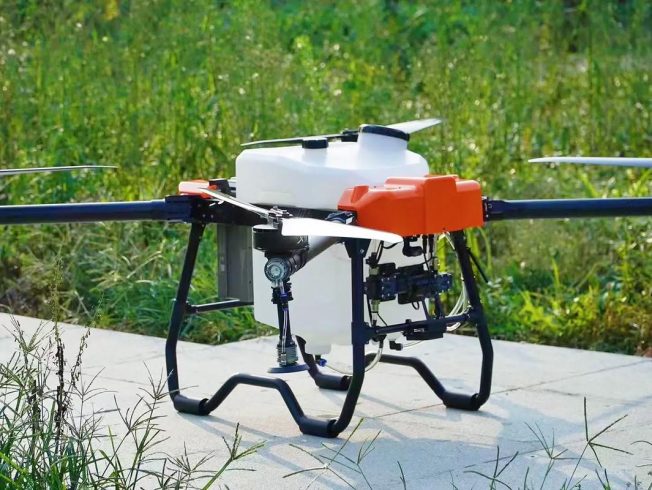
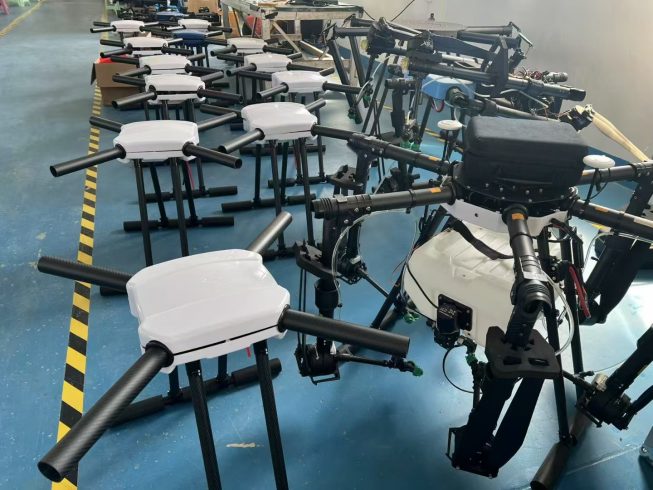
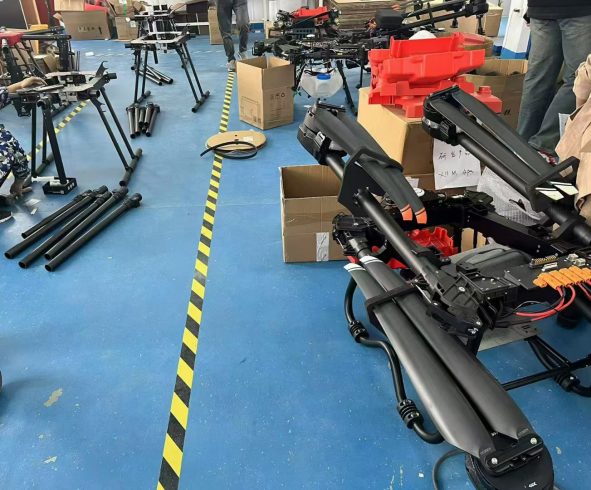
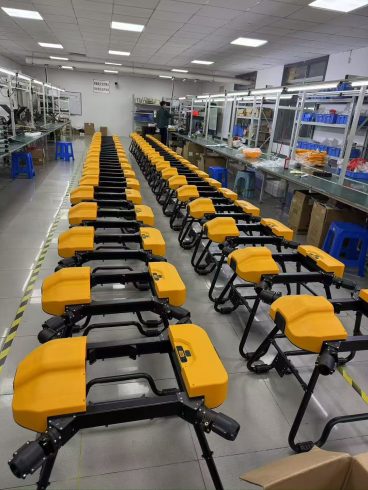



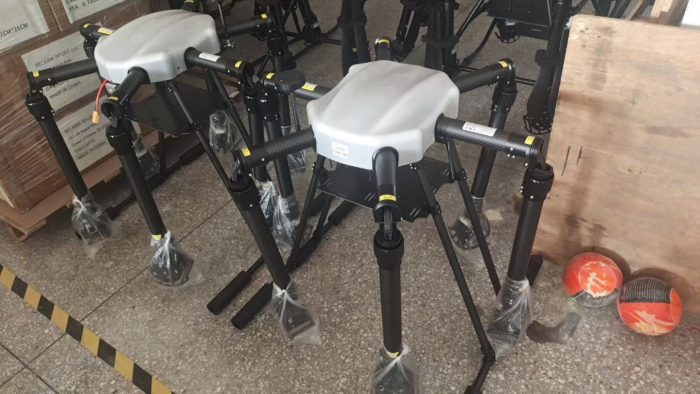
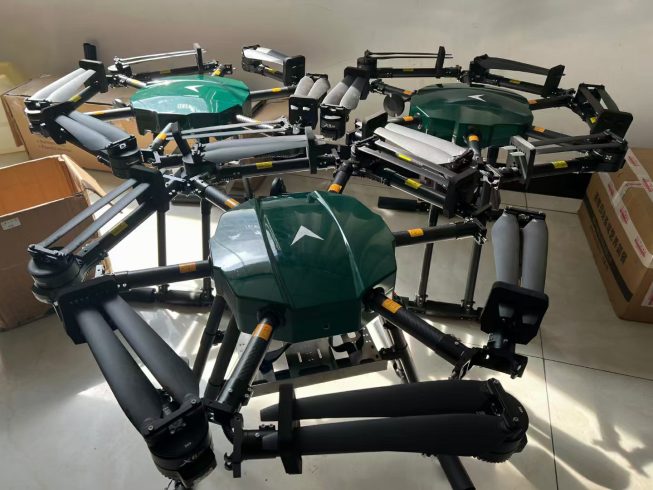
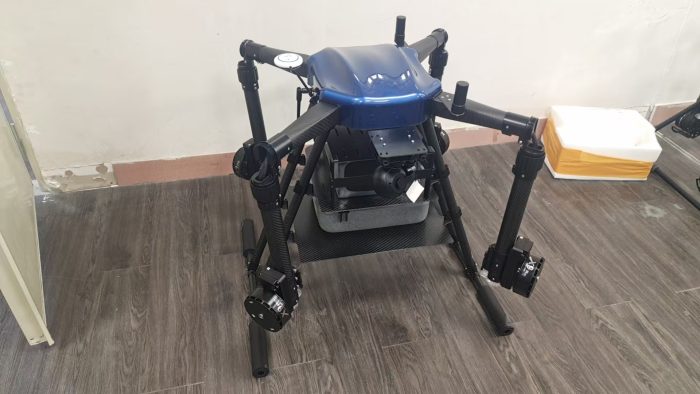

暂无评论内容